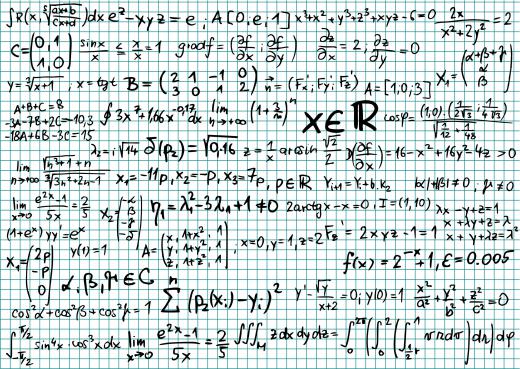At WiseGEEK, we're committed to delivering accurate, trustworthy information. Our expert-authored content is rigorously fact-checked and sourced from credible authorities. Discover how we uphold the highest standards in providing you with reliable knowledge.
What is Degree of Freedom?
Degree of freedom (df) is a concept most used in statistics and physics. In both cases it tends to define limits of a system and position or size of what is being analyzed, so that it can be visually represented. Definition of df in both fields is related, but not quite the same.
In physics, degree of freedom positions objects or systems, and each degree references a position in time, space or in other measurements. Df could be used synonymously with the term coordinate, and it usually means independent coordinates of the fewest number. The actual degree of freedom is based on the system being described in phase space or in all the potential types of space a system inhabits simultaneously. Every single part of phase space the system takes up can be considered a df, which helps to define the full realities of the system being considered.

From a statistical standpoint, degree of freedom defines distributions of populations or samples and is encountered when people begin to study inferential statistics: hypothesis testing and confidence intervals. As with the scientific definition, df in statistics describes shape or aspects of sample or population depending on data. Not all drawn representations of distributions have a degree of freedom measurement. The common standard normal distribution is not defined by degrees; instead, it will be the same bell-shaped curve in all instances.
A similar distribution to standard normal is student-t. The student-t is defined in part by degree of freedom in the formula n-1, where n is sample size. This means that were variables from the distribution to be picked one by one, all but the last one could be chosen freely. There is no choice but to take the very last one and no freedom to choose any other variable at that point. Therefore one variable is not free; it’s like having to pick the last tile out of a bag during a Scrabble® game where there is no choice but to choose that letter.
Different distributions like the F and the chi-square have different definitions of degree of freedom, and some even use more than one df in definition. The issue gets confusing because df definition is linked to type of test performed and isn’t the same with the various parametric (based on parameters) and non-parametric (not based on parameters) tests. Essentially, it won’t always be n-1. Goodness of fit or contingency table testing may use the chi-square distribution with different df than that which evaluates single variable hypothesis testing of the variance or standard deviation.
What is important to remember is that each time degree of freedom is used to define a distribution, it changes it. It still may have certain characteristics that are unchanging, but size and appearance vary. When people are drawing representations of distributions, particularly two of the same distributions that have a different df, they’re advised to make them look different in size to convey that df is not the same.
AS FEATURED ON:
AS FEATURED ON:











Discuss this Article
Post your comments